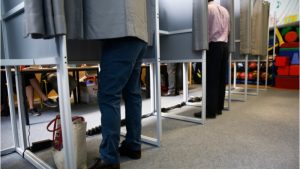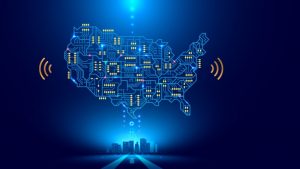While business owners told members of the House Small Business Committee at a March 4 hearing how they use blockchain in their operations, a question from the committee’s chairwoman led to talk of bigger operations that could benefit from blockchain – state governments.
In a report released Feb. 25, the Government Accountability Office (GAO) said that “most” of nine agencies tasked with protecting the 16 critical infrastructure sectors “have not developed methods to determine the level and type of adoption of the National Institute of Standards and Technology’s (NIST) Framework for Improving Critical Infrastructure Cybersecurity.”
A group of graduate researchers from the University of California-Berkeley trained a machine learning model to predict voter preferences using only readily available personal information, suggesting further-reaching implications on the use of AI to infer voter behavior and potentially influence elections.
State and local election officials said at the RSA security conference in San Francisco on Feb. 24 that Federal election assistance funding has been vital to their efforts to shore up election infrastructure security over the past few years.
Cybersecurity and Infrastructure Security Agency (CISA) Director Christopher Krebs pledged today that there is no issue drawing more focus and attention at the Federal government level than election security leading up to the 2020 elections later this year.
The National Governors Association (NGA) urged Congress to take action on key pieces of legislation that will help harden state and local government’s (SLGs) cybersecurity defenses.
While senators at a Feb. 25 Appropriations Committee hearing agreed with Department of Homeland Security (DHS) Secretary Chad Wolf about the agency’s cybersecurity mission priority, election security cuts in the President’s Budget proposal raised questions from committee members.
There is a concerning lack of cyber confidence and organizational maturity across all levels of government, according to a survey released today by SolarWinds. The report, which surveyed IT operations and security decisionmakers from Federal, state, and local governments, found that the biggest IT pain points for the public sector are IT complexity, insider threats, and controlling user network access.
There is a concerning lack of cyber confidence and organizational maturity across all levels of government, according to a survey released today by SolarWinds. The report, which surveyed IT operations and security decisionmakers from Federal, state, and local governments, found that the biggest IT pain points for the public sector are IT complexity, insider threats, and controlling user network access.












